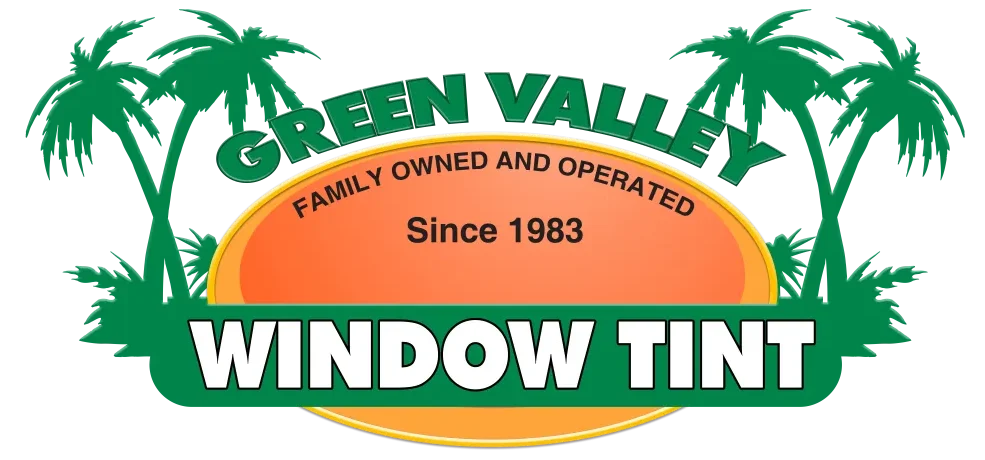In the scorching heat of Nevada, where temperatures can reach blistering levels, the battle for preserving your car’s aesthetic appeal is real. Many car enthusiasts find themselves torn between paint protection and vinyl wrapping as solutions to shield their vehicles from the relentless sun and highway hazards. In this blog post, we’ll delve into the differences between the two and explore why, in the unforgiving Nevada climate, paint protection is the clear winner.
The Heat Challenge
Nevada residents know that the sun here is not to be taken lightly. Vinyl wrapping, a popular choice for car customization, faces a significant hurdle in this environment. The intense heat can cause vinyl wraps to deteriorate, bubble, and lose their adhesive properties, leading to a less-than-impressive appearance. Unlike paint protection film (PPF), which stands up admirably to the scorching conditions, vinyl wraps often require frequent touch-ups or, in some cases, complete redoing every couple of years.
Durability Matters
Vinyl wraps in the Nevada heat are like ice cream cones in the desert – they don’t last long. The extreme temperatures contribute to the breakdown of the vinyl material, making it less durable over time. This lack of resilience is a significant drawback, especially considering the investment that goes into vinyl wrapping. Paint protection, on the other hand, is designed to endure the harsh conditions, providing a long-lasting shield against scratches, dings, and chips.
Warranty Woes
One of the most significant downsides to vinyl wrapping in the Nevada heat is the absence of comprehensive warranties. Unlike PPF, which typically comes with a reassuring 10-year warranty, vinyl wraps often leave car owners financially vulnerable. Should the vinyl fail, bubble, or peel prematurely, the cost of repair or replacement falls squarely on the vehicle owner. In the sweltering heat of Nevada, where wear and tear are accelerated, having a warranty provides peace of mind and financial protection.
Protection Beyond Aesthetics
While vinyl wraps may offer a unique appearance, they fall short when it comes to protecting your car’s body. Rocks, debris, and other road hazards pose a constant threat to your vehicle’s exterior, and vinyl wraps do little to shield against these potential damages. Paint protection film, on the other hand, acts as an invisible armor, safeguarding your car from dents, scratches, and chips caused by highway projectiles.
Ceramic Coating Magic
One of the standout features of PPF is the incorporation of ceramic coating. This adds an extra layer of defense against the Nevada heat, UV rays, and environmental contaminants. Ceramic coating enhances the film’s resistance to fading, discoloration, and degradation, ensuring that your investment stays looking brand new for years to come.
In the battle between paint protection and vinyl wrapping, the Nevada heat is the ultimate decider. While vinyl wraps may offer a temporary burst of style, they fall short in durability, warranty coverage, and most importantly, in protecting your car from the harsh elements. Paint protection film emerges as the clear winner, providing a long-lasting, reliable shield against the scorching sun and the unforgiving highway. In the Nevada desert, where the heat is unrelenting, investing in paint protection is not just a choice; it’s a smart decision to keep your prized possession looking brand spanking new.





